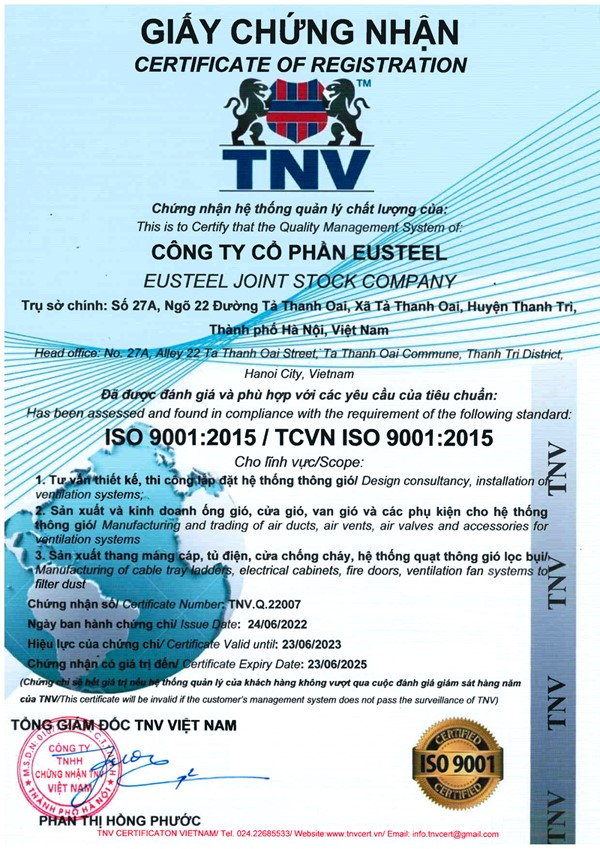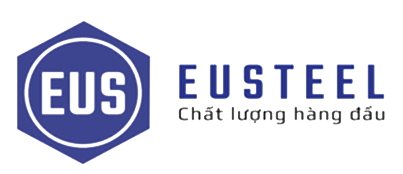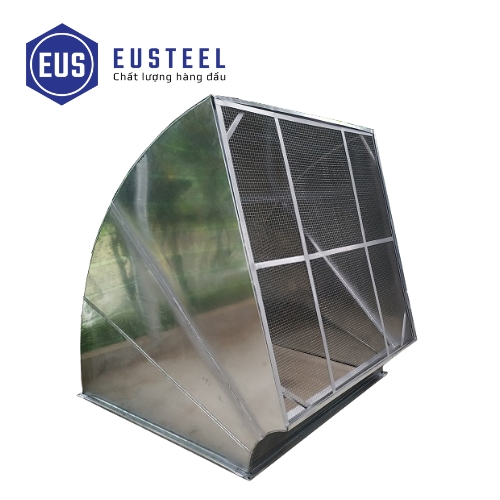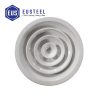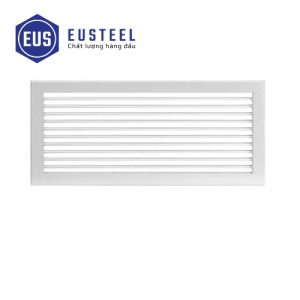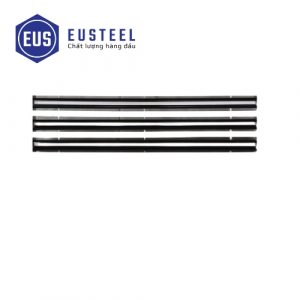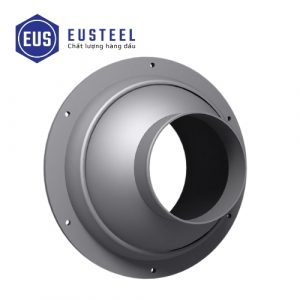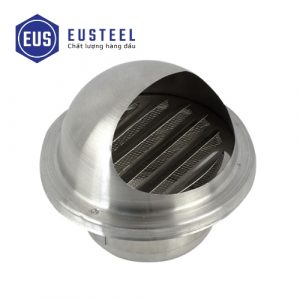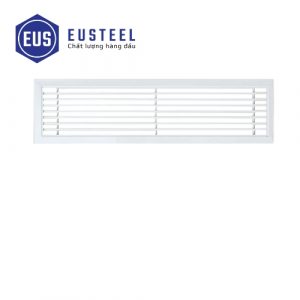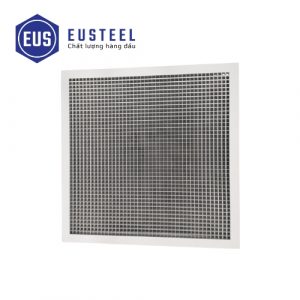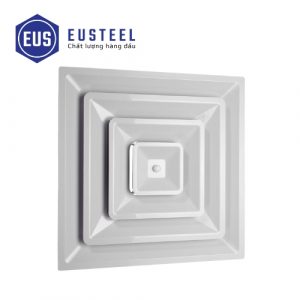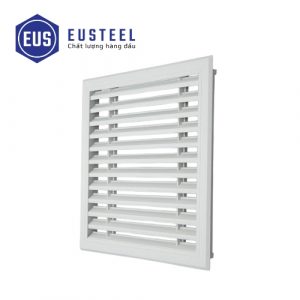Material
Stainless steel: Most popular because of its extremely high durability, excellent rust resistance, resistance to all harsh weather conditions, and retention of shine. Usually stainless steel 304 or 201.
Aluminum: Light, good corrosion resistance, can be powder coated in many colors to match the architecture.
Galvanized steel: More economical, but needs to be painted to prevent rust better when placed outdoors.
Application of rain cover
Ventilation system: Installed at the output of industrial ventilation fans, kitchen exhaust fans, and the overall ventilation system of the building.
Air conditioning system: Protects the fresh air intake or air exhaust of large HVAC systems.
Exhaust pipe: Of water heater, dryer, or other heat-generating equipment.
Smoke exhaust pipes: In some cases, specialized hoods are also used for smoke exhaust pipes.
Other vents: On the roof and walls to maintain natural air circulation without fear of wind and rain.
Design:
Cone/hat shape: Most common, shaped like a hat or upside down hat, helping rainwater slide down and not enter the pipe.
Louver type: Consists of inclined slats (usually Z slats as mentioned about Z slats) stacked on top of each other, allowing air to pass through but effectively preventing rainwater from splashing in.
Box form: Less common, often used for large openings or requiring specific aesthetics.
Size: Various, depending on the diameter of the duct or the size of the vent to be covered.
Included accessories: There is often an additional insect screen (stainless steel or aluminum) integrated inside to prevent small animals from entering.
